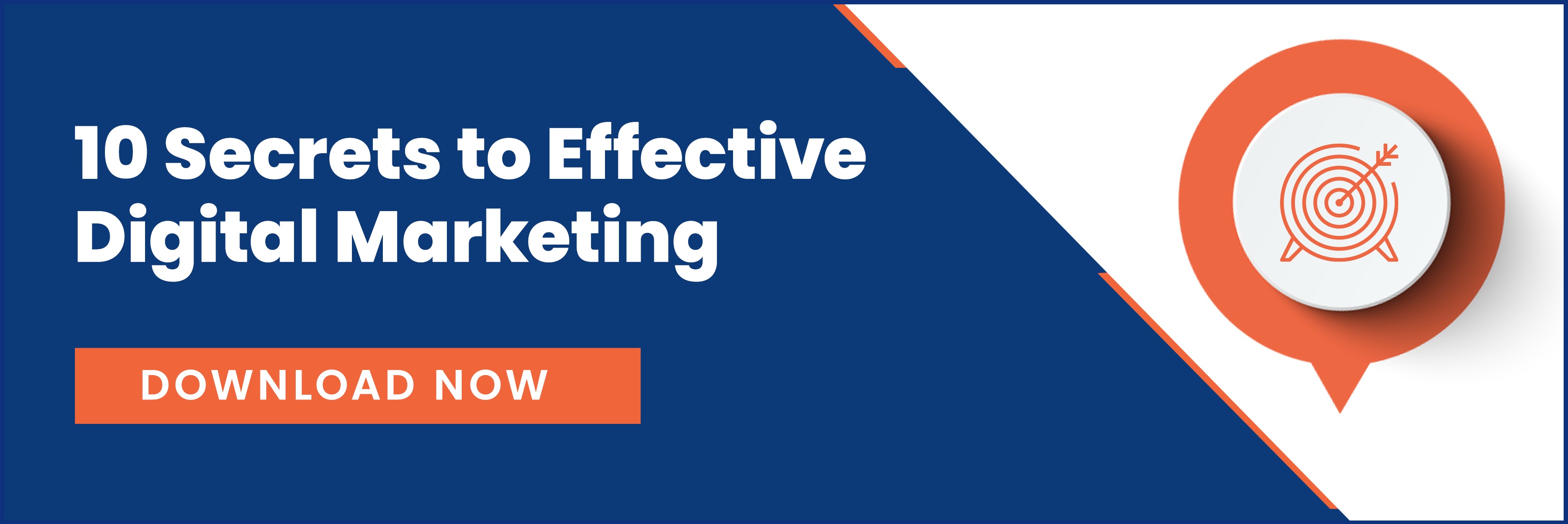 Video marketing has skyrocketed over the years, and a growing number of businesses are doing what they can to use it in their marketing. As of 2020, 85% of businesses use video as a marketing tool, according to HubSpot's State of Video Marketing report. One of the key advantages of video is that you can use it in every stage of the buyer's journey, from attracting people's attention to the time they make a purchase.
Video marketing has skyrocketed over the years, and a growing number of businesses are doing what they can to use it in their marketing. As of 2020, 85% of businesses use video as a marketing tool, according to HubSpot's State of Video Marketing report. One of the key advantages of video is that you can use it in every stage of the buyer's journey, from attracting people's attention to the time they make a purchase.
If you want to take full advantage of video marketing for your business, it's important to first understand the kinds of video ads you can use.
Types of Video Ads
There are several types of ads you can use in your video marketing strategies, depending on how you want to connect with your audiences.
Linear Ads
Linear video ads are used to fill up the video player space when displayed. What makes them linear is the fact that they play either before, during, or after the video content. Linear ads are divided into pre-roll, mid-roll, or post-roll ads.
- Pre-roll — The video ad plays before the main video content, which is great if you want to attract viewers' attention immediately. Depending on the publisher site pre-roll ads can be set-up as non-skippable for 6-15 seconds. The downside is that people can often skip these ads before the ad is completely viewed.
- Mid-roll — The video ad plays in the middle of the video content as a type of commercial break. The main video pauses while the ad plays and resumes after the ad runs. Playing these ads at the right time can keep people from skipping the video if they want to keep watching the main content.
- Post-roll — The video ad plays after the video content has ended. These ads are the least effective because there's no incentive for viewers to watch them. However, you can use them as simple calls to action redirecting people to your website or another video.
Nonlinear Ads
Non-linear ads run at the same time as the main video content, either inside the player or outside on the same webpage. You have the option of showing overlay ads or non-overlay ads. While overlay ads play over the video content in a smaller window within the video player, non-overlay videos play outside of the player in a separate window on the webpage.
In-Banner Video Ads
In-banner video ads are videos played inside IAB standard banner ads. Collapsible in-banner ads first appear in a larger area of a webpage and subsequently shift and reduce to the size of a traditional banner. The ads collapse either due to a user's interaction with the page or automatically.
Meanwhile, expandable in-banner ads start out smaller as traditional banners. From there, users have the option of expanding the video size to a larger video player.
In-Page Video Ads
In-page ads take the form of a dedicated embedded video player within the content of a webpage. They may play toward the beginning of the page or somewhere in the middle without obstructing the surrounding content.
Locations for Video Ads
In addition to the different types of ads, there are several locations where you can display them based on your audience and goals.
Social Media
Video ads can play on social media platforms including YouTube, Facebook, LinkedIn, and Instagram. For instance, on YouTube, you can run non-skippable ads or mid-roll linear ads that play halfway through video content that people aren't likely to quit. On Facebook and Instagram, you can run specific video ads targeted to your specific audience.
OTT
Over-the-top (OTT) is a delivery mechanism for TV content online, usually through streaming or video demand, “over the top” of traditional providers. Refers to any type of video or streaming media that provides viewers access to movies or TV shows by sending the media directly through the internet. Some top players include Netflix, Amazon, Hulu, and HBO Now.
Websites
You can play various types of ads on webpages from non-linear, in-page, or in-banner ads. You can also play linear ads within video content that's embedded on the webpage.
Apps
Video ads can also play in-apps on mobile devices. Apps can either play pre-app before loading the app or in-app as people use the app. For example, between levels in a game, you could display a 30-second video ad that takes up the viewer's screen.
Types of Video Content Outside of Ads
You don't always need to use video to serve as mere commercials for your business.
You can create all kinds of video content for your video marketing strategy. Some of the types of video content you can produce include:
- How-to videos
- FAQs
- Product or service demonstrations
- Explainer videos
- Video testimonials from customers or clients
Buyer's Journey Through Video
You can use video ads and content to guide consumers through the full buyer's journey.
Awareness Video
In the awareness stage, you can use a linear ad that plays pre- or mid-roll during video content that the prospect is watching. The video can help to make viewers aware of your brand. From there, they may want to learn more about you, in which case they may visit your website where you can showcase an explainer video.
Consideration Video
Once the prospect has entered the consideration stage and visited your website, you can retarget them with video ads as they visit other websites. In the process, they may encounter relevant non-linear or in-page ads that encourage them to come back to you. As people begin to consider solutions to their problems, you can lead them to explainer how-to videos that guide them toward a solution.
Decision Video
When it comes time for the prospect to make a decision on a service or product, you can use explainer videos that detail the benefits of your solutions. You can also use video testimonials that help build more trust among prospects. The ubiquity of your video ads on other platforms prospects regularly visit can also ultimately bring them back to make a purchase.
Video Goals
Your specific marketing goals can influence your video campaigns at the different stages of the buyer's journey. For example, if you own a local coffee shop, your goals might include:
- Brand awareness during the awareness stage, which entails a geo-targeted campaign running linear, in-page, and in-banner ads that showcase your coffee shop.
- Lead generation at the consideration stage, as you use video ads and content to encourage people to share their email addresses for an incentive e.g. free coffee or a coupon.
- Online purchases during the decision stage, which may include videos detailing in-store deals and other offers that further entice prospects. At the same time, you can sell your coffee online.
Video Metrics
Video metrics typically focus on views and completion rates. You'll often have the ability to track conversions and clicks. However, if your goal is a high completion rate, you may need to sacrifice clicks that interrupt the viewing experience.
Use Video to Supercharge Your Digital Advertising Campaigns
With a comprehensive video marketing strategy, you'll be able to attract more prospects and customers. A 2018 Wyzowl video marketing report found that 84% of people were convinced to purchase a product or service after watching a video. The same report determined that people spent an average of 16 hours per week watching online videos. Those numbers are likely to increase as the years go by.
If you want to engage millions of viewers and remain competitive in your industry, using a combination of video ads with other video content can be the key to long-term success.




